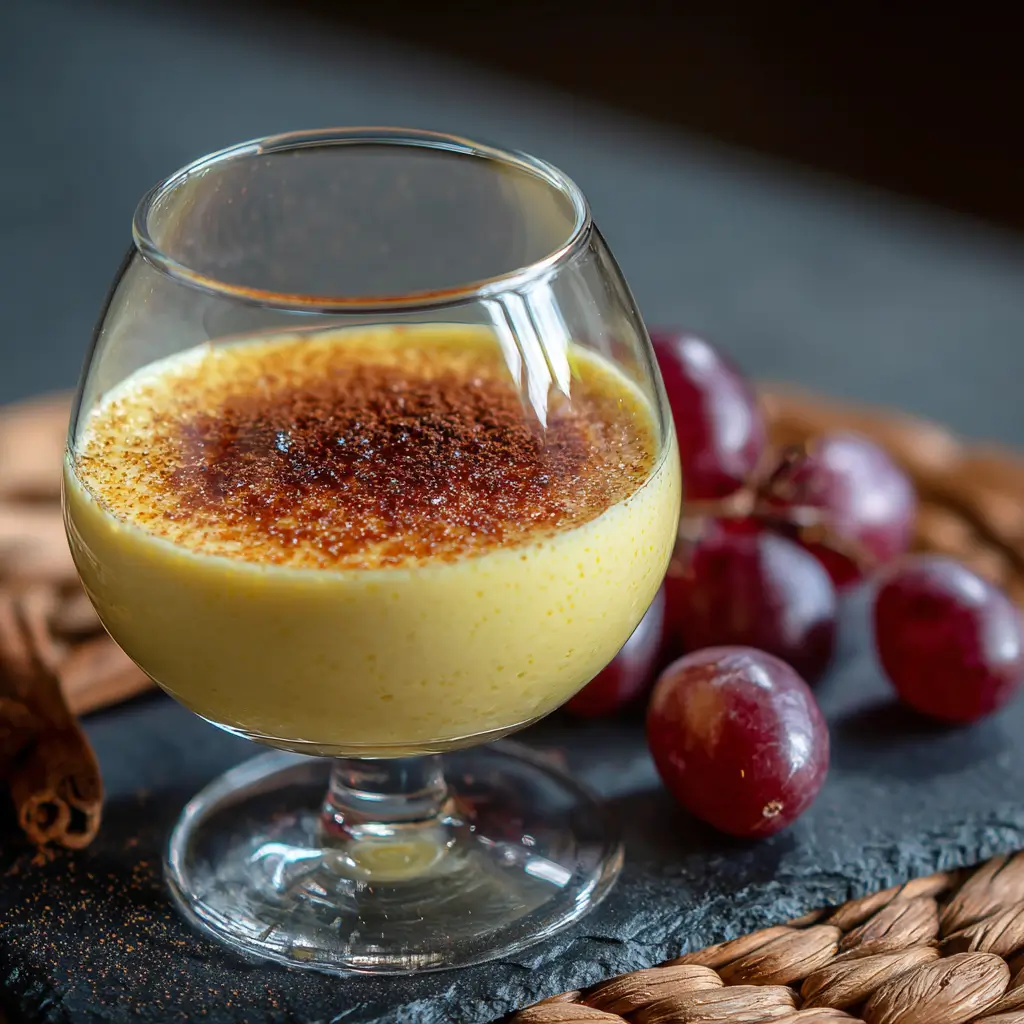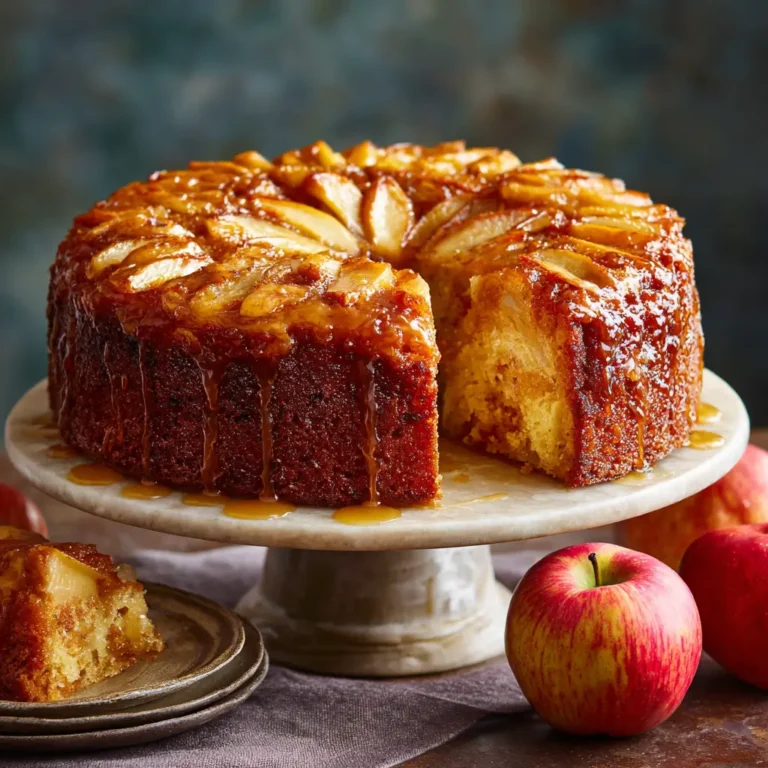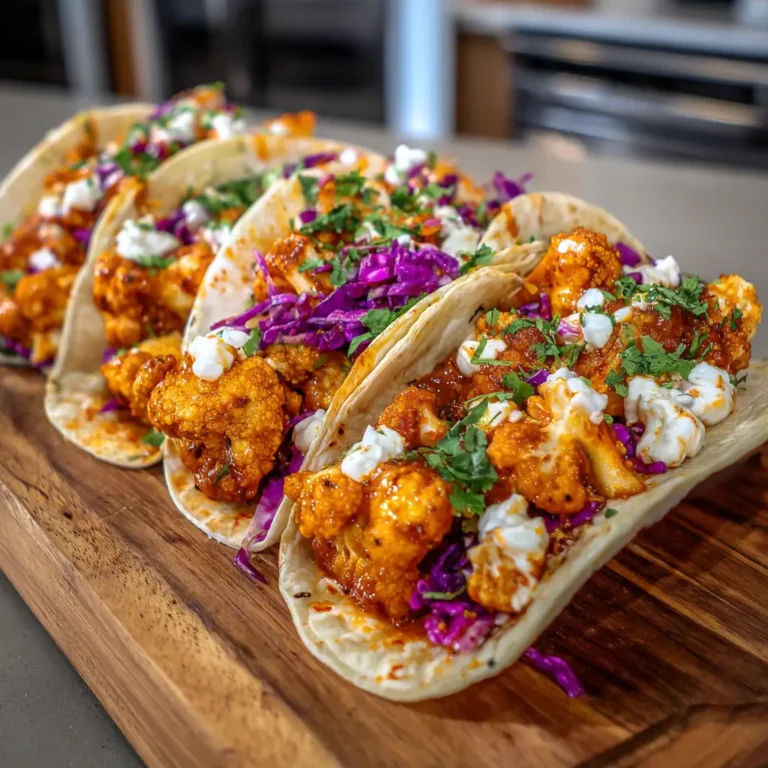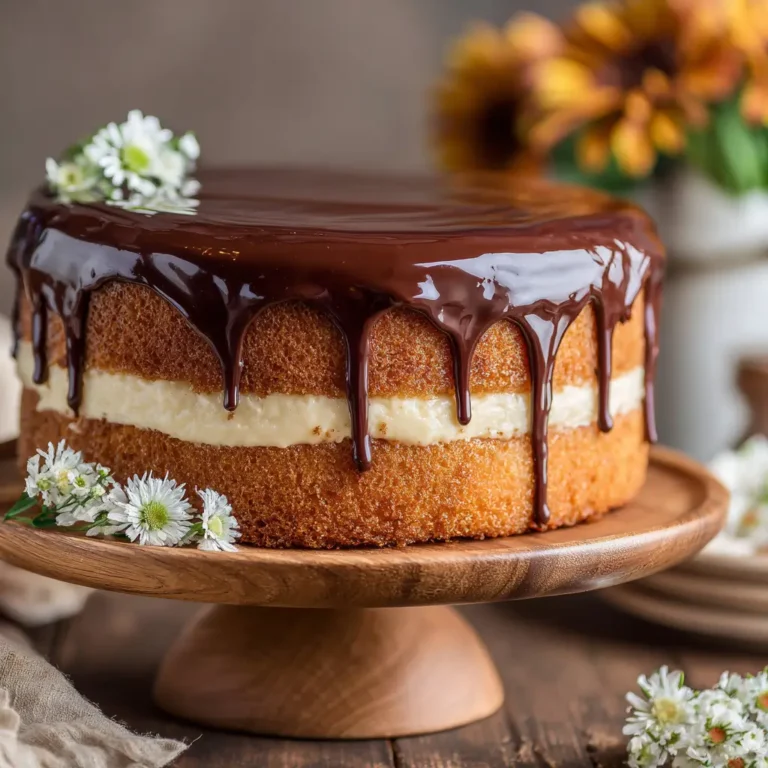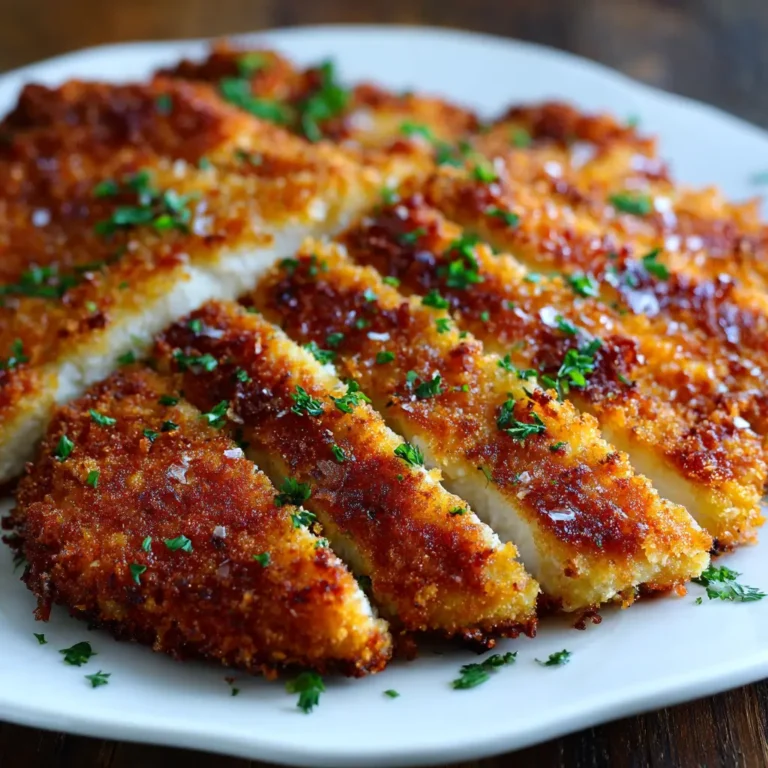Zabaione (Moscato or Marsala sweet wine custard)
Zabaione: The Luxurious Italian Sweet Wine Custard Delight
Zabaione (also spelled zabaglione or sabayon) is a classic Italian dessert that embodies the essence of indulgence and simplicity. Light, creamy, and delicately sweet, this custard-like treat is traditionally made by whisking egg yolks, sugar, and sweet fortified wine over a gentle heat until it reaches a velvety, frothy consistency. Often served warm, zabaione has been a favorite in Italy for centuries—cherished as both a dessert and a restorative tonic. Whether enjoyed on its own, poured over fresh fruit, or used as a decadent sauce for cakes and pastries, zabaione remains a timeless emblem of Italian culinary elegance.
The History of Zabaione
The origins of zabaione trace back to the Renaissance era in Italy, with some historians suggesting it was first created in the Piedmont region during the late 15th or early 16th century. One popular legend attributes its invention to a court chef celebrating the victory of Charles V at the Battle of Pavia in 1525, naming it “Savoyard” in honor of the House of Savoy—a name believed to have evolved into “zabaglione.” Others claim it originated in the royal kitchens of Turin, where it was served as a healthful elixir due to the belief that egg yolks and wine provided strength and vitality.
Originally consumed as a medicinal drink or morning tonic, zabaione gradually transitioned into a beloved dessert, especially during festive occasions like Easter and Christmas. Over time, regional variations emerged across Italy, with each area adapting the recipe to local tastes and available ingredients. Today, zabaione is celebrated worldwide—not only in Italy but also in France (as “sabayon”) and beyond—as a symbol of refined dessert craftsmanship.
Ingredients Breakdown: What Makes Zabaione So Special?
The magic of zabaione lies in its minimalistic yet carefully balanced ingredients. Each component plays a crucial role in achieving the perfect texture, flavor, and aroma:
- Egg Yolks: The foundation of zabaione, egg yolks provide richness, color, and act as the primary emulsifier. They thicken the mixture when heated and create the custard’s signature silky texture.
- Granulated Sugar: Adds sweetness and helps stabilize the foam as you whisk. It also aids in dissolving into the warm mixture, enhancing mouthfeel without crystallization.
- Sweet Fortified Wine: Traditionally, Marsala wine from Sicily is used, lending a deep, nutty, caramelized flavor. Moscato d’Asti is another popular choice, offering floral, fruity notes with lower alcohol content. The wine not only flavors the custard but also helps aerate the mixture during whisking.
- (Optional) Vanilla Extract or Lemon Zest: Some recipes include a splash of vanilla for warmth or a hint of citrus zest to brighten the flavor profile.
- (Optional) Whipped Cream or Mascarpone: For an even richer version, these can be folded in after cooking to create a mousse-like texture.
The beauty of zabaione is that it requires no flour, cornstarch, or gelatin—its structure comes entirely from the physical incorporation of air into the yolks and sugar, stabilized by the alcohol and heat. This makes it naturally gluten-free and surprisingly light despite its luxurious feel.
Step-by-Step Recipe: How to Make Perfect Zabaione at Home
Creating authentic zabaione may seem intimidating, but with patience and attention, anyone can master this elegant dessert. Here’s how:
Ingredients (Serves 4):
- 6 large egg yolks (preferably organic or free-range)
- ½ cup (100g) granulated sugar
- ¾ cup (180ml) sweet Marsala wine OR Moscato d’Asti
- 1 teaspoon vanilla extract (optional)
- Grated zest of ½ lemon (optional, especially with Moscato)
- Fresh berries, biscotti, or ladyfingers for serving (optional)
Directions:
- Prepare the Double Boiler: Fill a medium saucepan with about 1–2 inches of water and bring it to a gentle simmer over medium-low heat. Make sure the bottom of the bowl you’ll use doesn’t touch the water—this ensures gentle, even heating without scrambling the eggs.
- Whisk Yolks and Sugar: In a heatproof mixing bowl (preferably stainless steel or glass), combine the egg yolks and sugar. Using a hand whisk or electric mixer, beat vigorously until the mixture becomes pale yellow, thick, and forms ribbons when the whisk is lifted (about 2–3 minutes).
- Add Wine and Flavorings: Gradually pour in the Marsala or Moscato wine while continuing to whisk. Add vanilla or lemon zest if using. Mix until fully combined.
- Cook Over Simmering Water: Place the bowl over the simmering water (double boiler setup). Begin whisking continuously—this is key! Keep the motion steady and consistent, making sure to scrape the sides and bottom of the bowl to prevent hot spots.
- Whisk Until Thickened: Continue whisking for 10–15 minutes. The mixture will gradually increase in volume, become foamy, and thicken to a soft, custard-like consistency. It should coat the back of a spoon and hold its shape briefly when a finger is drawn through it.
- Test for Doneness: To check if it’s ready, insert an instant-read thermometer—it should reach 160°F (71°C) for food safety. Alternatively, dip a clean spoon into the mixture; if the zabaione clings evenly and slowly drips off, it’s done.
- Serve Immediately: Remove from heat and serve warm in dessert glasses or bowls. Optionally, fold in a spoonful of whipped cream or mascarpone per serving for extra richness.
- Garnish and Enjoy: Top with fresh strawberries, raspberries, or a sprinkle of cocoa powder. Serve with crisp biscotti or almond cookies on the side for dipping.
Note: Zabaione is best enjoyed fresh and warm. However, leftovers can be chilled and served cold, though the texture will be denser.
Tips for Making the Best Zabaione
- Use Fresh, High-Quality Eggs: Since raw egg yolks are used, opt for pasteurized or farm-fresh eggs if you’re concerned about food safety, especially when serving to children, pregnant women, or elderly individuals.
- Don’t Rush the Whisking: Continuous whisking is essential to incorporate air and prevent curdling. If using a hand whisk, take turns with someone else to avoid fatigue.
- Control the Heat: Too high heat will scramble the eggs. Keep the water at a bare simmer, not a rolling boil.
- Choose the Right Wine: Use authentic Marsala Superiore Dolce or a quality Moscato d’Asti. Avoid cooking wines—they contain salt and preservatives that ruin the flavor.
- Serve Warm: Zabaione cools quickly, so prepare just before serving. You can keep the bowl warm over the double boiler (off heat) for up to 15 minutes.
- Make It Ahead (Sort Of): While best fresh, you can refrigerate leftover zabaione. Re-whisk gently over the double boiler to restore some fluffiness before serving.
- For a Fluffier Texture: After removing from heat, continue whisking for another 1–2 minutes off the heat to cool slightly and increase volume.
Variations and Customizations
While traditional zabaione uses Marsala or Moscato, creative cooks have developed numerous twists on the classic recipe:
- Fruit-Infused Zabaione: Add puréed strawberries, peaches, or mangoes after cooking for a tropical twist. Alternatively, infuse the wine with fruit beforehand.
- Chocolate Zabaione: Melt 1–2 ounces of dark chocolate and whisk into the hot custard for a rich, dessert-worthy version.
- Coffee Zabaione: Replace ¼ cup of wine with strong espresso or add a shot of coffee liqueur like Kahlúa.
- Liqueur-Based Zabaione: Substitute part of the wine with Amaretto, Frangelico, or Vin Santo for unique flavor profiles.
- Vegan Zabaione: Though challenging, some plant-based versions use aquafaba (chickpea brine), cornstarch, and non-dairy milk with white wine and sugar, mimicking the airy texture.
- Sabayon (French Style): In France, sabayon is often lighter and served cold, sometimes paired with seasonal fruits in a compote.
- Salted Caramel Zabaione: Drizzle warm salted caramel sauce into the base before serving for a gourmet touch.
- Sparkling Wine Zabaione: Use Prosecco or Champagne instead of still wine for a lighter, effervescent version (add after removing from heat to preserve bubbles).
Health Considerations and Nutritional Value
Zabaione is a rich dessert and should be enjoyed in moderation. Here’s what you need to know nutritionally (per ½-cup serving, made with Marsala):
- Calories: ~280–320 kcal
- Fat: 12–15g (mostly from egg yolks)
- Cholesterol: ~300mg (high due to yolks)
- Carbohydrates: 25–30g (mainly from sugar and wine)
- Protein: 6–8g (from eggs)
- Alcohol Content: ~5–8% depending on wine and cooking time
Food Safety Note: Because zabaione contains raw or lightly cooked eggs, there is a small risk of salmonella. To reduce this risk:
- Use pasteurized eggs.
- Cook the mixture to at least 160°F (71°C).
- Avoid serving to those with compromised immune systems unless fully cooked.
On the positive side, egg yolks are rich in choline, lutein, and healthy fats beneficial for brain and eye health. The antioxidants in red wine (like Marsala) may offer cardiovascular benefits in moderation. However, due to sugar and alcohol content, zabaione is not suitable for diabetics, pregnant women, or those avoiding alcohol.
Frequently Asked Questions (FAQ)
Q: Can I make zabaione without alcohol?
A: Yes, though the flavor and texture will differ. Substitute the wine with grape juice, apple cider, or strong tea. Add a splash of vanilla and a pinch of cream of tartar to help stabilize the foam.
Q: Why did my zabaione curdle?
A: Curdling usually happens due to excessive heat or insufficient whisking. Always use low heat and whisk constantly. If it starts to look grainy, immediately remove from heat and whisk in a tablespoon of cold wine to smooth it out.
Q: Can I use a blender or stand mixer?
A: A stand mixer with a whisk attachment works well for the initial yolk-sugar stage, but cooking must still be done over the double boiler with manual whisking for control.
Q: How long does zabaione last in the fridge?
A: Up to 2 days in an airtight container. Reheat gently over a double boiler while whisking, or serve cold as a mousse-like dessert.
Q: Is zabaione the same as custard?
A: Not exactly. Unlike baked custards that use milk and starch, zabaione relies solely on egg yolks, sugar, and wine, creating a lighter, frothier texture with a distinct wine flavor.
Q: Can I freeze zabaione?
A: Freezing is not recommended, as it breaks down the delicate emulsion and results in a watery, separated texture upon thawing.
Q: What wine is best for zabaione?
A: Authentic Marsala Superiore Dolce from Sicily is ideal for a traditional taste. For a fruitier, aromatic version, Moscato d’Asti is excellent. Both are sweet, fortified wines with balanced acidity.
Summary
Zabaione is a sumptuous Italian dessert made from whipped egg yolks, sugar, and sweet wine, creating a velvety, cloud-like custard perfect for special occasions. Simple in ingredients but elegant in execution, it showcases the beauty of Italian home cooking at its finest.
